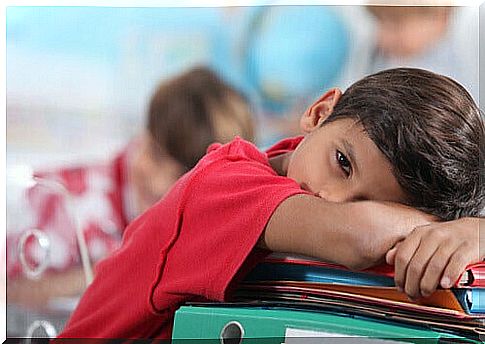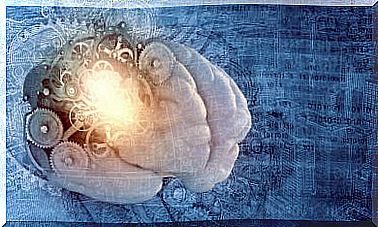The Three Great Contradictions Of Education

In the words of Niels Bohr, “The opposite of a little truth is always false; on the other hand, the opposites of great truths can also be seen as true ”. This phrase illustrates how on many occasions society maintains a series of “great truths” that contradict each other. This phenomenon is called “antinomies”, which are pairs of truths that, although they both seem true, contradict each other. In this article we are going to talk about 3 antinomies or contradictions of education.
The analysis of these contradictions of education helps us to understand to a great extent the principles that govern the system and its inconsistencies. It allows us to see the conflict between what we think it is, what we would like it to be and what it is; the dissonance between these three states is translated into a series of contradictory statements to reconcile these discrepancies.
Educational contradictions
The three great contradictions in education are: (a) Education for development Vs education for culture (b) Intrapsychic learning Vs situational learning and (c) local knowledge Vs social knowledge. We are going to develop each of these antinomies in detail below.

Education for development and education for culture
The first of the contradictions of education revolves around its objectives. If we ask about its objectives, we will find many answers that will indicate that it is the personal development of the individual; that is to say, to reach the maximum potential of the same, and with it to achieve a global development of the society. Now, another objective that the educational system fulfills is to soak / incorporate the individual with the vernacular culture; Since school is not only based on instruction, it also teaches a way of being and behaving.
Now, although at first it may seem that personal development and the transmission of culture are not contradictory objectives, in reality they have irreconcilable aspects. And the problem is that when a culture is reproduced, not only is it transmitted, but also different associated purposes are transmitted, such as political or economic ones.
For example, a capitalist and industrialized society is based on a very powerful workforce and a populated middle class. Thus, the normal thing is that the educational system focuses on qualifying unskilled and semi-specialized workers. Transmitting culture ensures that society remains stable, and an education based on personal development would make culture unstable, since it could cause social change.
This contradiction exists because to a large extent the population wants to develop and increase its intellectual potential; on the other hand, the established culture is still a kind of candy, since it gives us security and a sense of control. Both culture and development bring us pleasure and satisfaction, the antinomy is an attempt to have both. Instead, pursuing both goals renders the educational system ineffective and full of errors. This leads us to ask ourselves what is the objective we really want for education.
Child-directed learning versus situational learning
Another of the great contradictions of education has to do with how children learn and are evaluated . There is a strong tendency within the educational system to classify children according to their performance (grades, mentions in class, comparisons…). This projects the idea that it is the child with his abilities who takes advantage of the resources of the school. Instead, in contrast to this we also believe that learning is situational; Thus, we think that it will be easier for the child to use school resources if the environment facilitates it.
Here the contradiction is more complex. It is a mistake to point out that both the child and the context are responsible for learning. Obviously both factors will influence the education of the same, but blaming one or the other in a radical way will totally change educational policy.

If we are based on the learning of children, the logical thing is to provide the resources according to the demands they make. These demands will depend on your ability, but also on your motivation. In some way they will be the directors of their own learning. On the other hand, if we attend to situational learning, the perspective will change and it will be the educational context that will direct the learning.
Our educational system takes measures from both points of view, which, as in the previous antinomy, leads to inefficiency and inconsistencies. Going for one position or another can be largely dangerous, in part because of the political and economic context surrounding education; hence this contradiction is born. Research and scientific study should be what guide us when trying to find a balance point.
Local knowledge vs social knowledge
The last of the contradictions in education is perhaps also the least explicit in the educational debate. This antinomy revolves around how ways of thinking, ways of giving / assuming meaning, and ways of experiencing the world should be judged. If we take a constructivist point of view, we would find relativism, since reality is constructed by an interpreter.

On the one hand, we have the “big truth” that local knowledge is legitimate in its own right. And on the other hand, we advocate a global confluence about the interpretation of reality. These two statements clearly become opposite, if we seek global knowledge, maintaining local knowledge of small societies and groups would hinder it.
Here a complicated debate appears, since each population or society has developed its local knowledge due to the context and time in which it exists, and this provides security and control. On the other hand, a global knowledge gives us a framework for universal action that can be very useful for us to progress in cooperation; although it also entails serious dangers. It is essential, as for the rest of the antinomies, a deep analysis and study that tells us what is the best solution for this contradiction.









